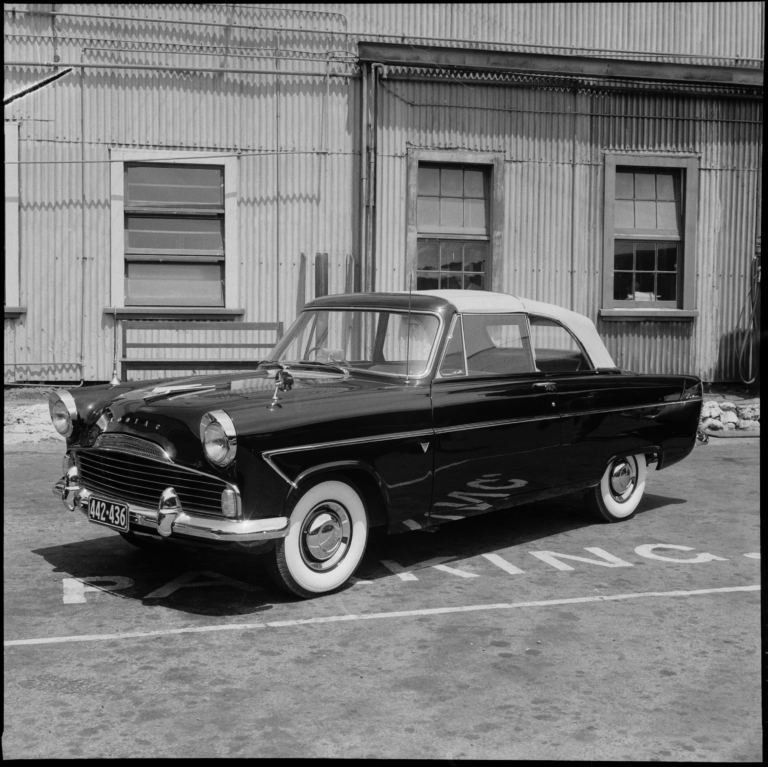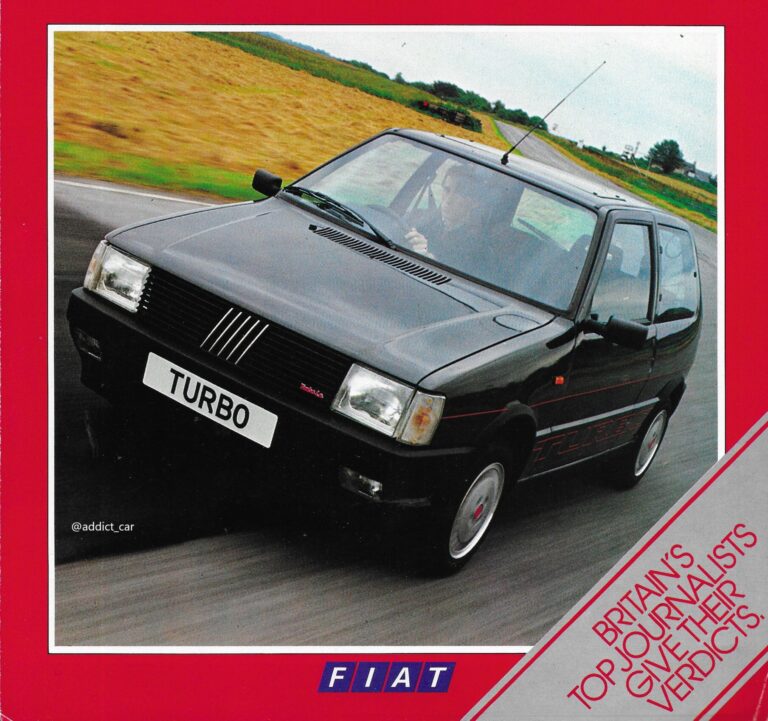The spectacle that is the 24 Hours of Le Mans has been stealing all the headlines this week, but just as exciting — if not even more so, dare we say it — was the biannual ‘support’ race that is the Le Mans Legend.
This amazing warm-up to the real deal 24 Hours of Le Mans recently had the rules changed, allowing entry of iconic racing vehicles from between 1949 and 1968 — with a line-up including such elegant machinery as the Ford GT40, Porsche’s 908 and 910 race cars, and Jaguar C-types, all alongside the characterful vehicles of the era that made Le Mans what it is, the racing would always be great.

Image: Jakob Ebrey Photography
And great it was, with a field of 61 entrants racing cars as diverse as an Alpine A220, Shelby Cobra, and Alfa Romeo TZ1. Ultimately, the podium would be taken over by the blue oval, with a pair of Ford GT40s taking pole and second — a fitting flashback to the cars’ dominance at Le Mans 50 years ago, especially considering both cars had competed at La Sarthe in the 1960s.
Bernard Thuner took pole behind the wheel of Claude Nahum’s GT40, with Andrew Smith and James Cottingham in hot pursuit, to claim second. Ludovic Caron took third in a Shelby Cobra, with David Hart finishing in fourth behind the wheel of the AC Cobra. The GT40s’ dominance didn’t end on the podium either, with Richard Meins’ GT40 coming across the line in fifth, and Philip Walker and Miles Griffiths’ GT40 right behind.
There’s a reason Le Mans is still considered the world’s premier motorsport event, and its rich history — still showcased in such an awesome manner — is why. What a race!


